IUCN divides species' endangerment levels into eight levels: extinct, extinct in the wild, critically endangered, endangered, vulnerable, and low risk. The well-known national treasure giant panda has been downgraded from endangered to vulnerable due to years of protection efforts. So, what are the rare animals that are on the verge of extinction now? Today I bring you a list of China’s endangered rare animals, including the South China tiger, Chinese crested tern, Hainan black-crested gibbon, Chinese sturgeon, pangolin, green peacock, white-headed langur, etc. Let’s learn about it together .
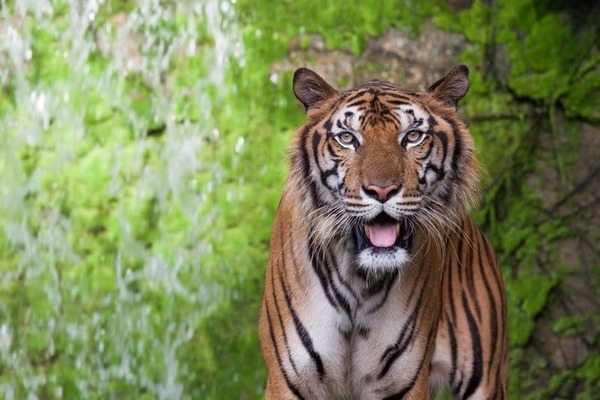
1. South China tiger
Among the top ten endangered rare animals in China, the Southern Chinese tiger is one of the most endangered species, listed as a national first-level protected animal, and critically endangered on the Red List. In 1989, the "Wildlife Protection Law of the People's Republic of China" listed the South China tiger as a national first-level protected animal, and the "International Convention on Endangered Species of Wild Fauna and Flora" issued by the United Nations in 1996 designated the South China tiger as the number one endangered species. Ranked among the top ten endangered species in the world. South China tigers once widely inhabited the mountain forests of southern China. However, due to human hunting and environmental damage, wild South China tigers are on the verge of extinction.
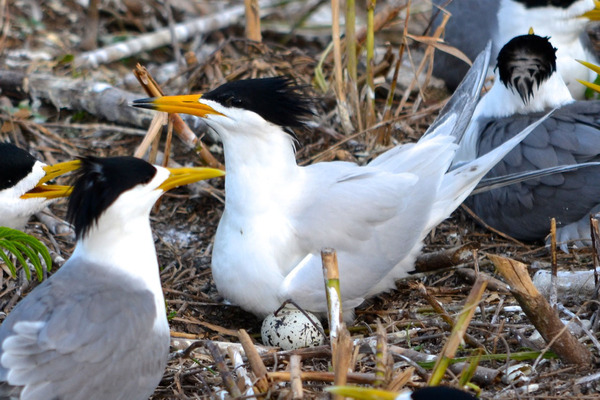
2. Chinese Crested Tern
The Chinese Crested Tern is one of China's endangered animals. It is considered the rarest bird in China and is listed in the Red List of World Birds. It is a critically endangered species, the highest level of danger of extinction. According to Wedand International's Global Waterbird Population Assessment, the global population of the black-billed tern is estimated to be less than 50 individuals. The species was first documented in 1861, but was extremely rare until 2000 when it was generally considered extinct. However, in 2000, four adults and four juvenile birds were rediscovered on the Matsu Islands off the coast of Fujian Province, which became a major news event in the ornithology community that year.
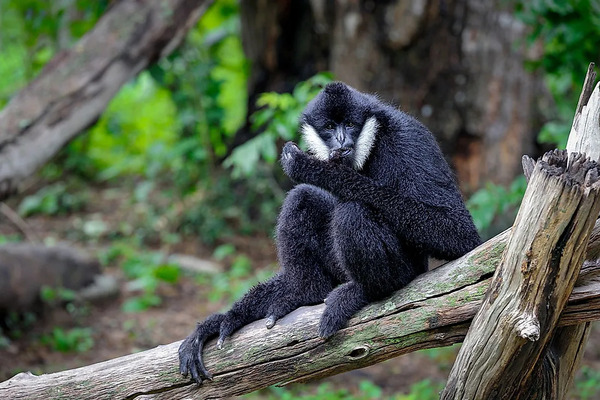
3. Hainan Black-crested Gibbon
Many of China's endangered animals don't receive as much attention as the panda, but their level of endangerment is just as concerning. In the "China Primate Conservation Action Plan" drafted by the Chinese Primate Expert Group in 1999, the Hainan black-crested gibbon was listed as one of the most endangered primates in China. In 2002, the Hainan black-crested gibbon ranked fifth among the 25 primate species considered critically endangered worldwide. When determining the protection level of primates in China, the Hainan black-crested gibbon was ranked first. By 2020, the population of Hainan gibbon has recovered from a historical low of less than 10 in the 1970s to more than 30, setting a new high in the past 40 years.
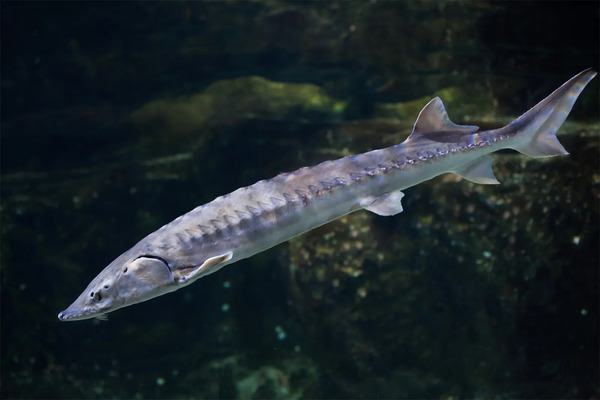
4. Chinese Sturgeon
The following text is pseudo-original (among the endangered animals in China, the Chinese sturgeon is known as the "giant panda in the water". The Chinese sturgeon has a long life cycle and can live up to 40 years old. It is distributed in China, Japan, South Korea, and Laos. Republic of China and North Korea. It is mainly distributed from the Jinsha River, the main stream of the Yangtze River in China, to the mouth of the sea. It occasionally appears in other water systems such as the Ganjiang River, Xiangjiang River, Minjiang River, Qiantang River and Pearl River water systems. In 2008, the breeding population was estimated to be less than 200, and the wild population is in danger. , in 2013, no signs of natural spawning of wild Chinese sturgeons were found. This was the first time in the past 32 years that no natural spawning of wild Chinese sturgeons was detected, and the wild Chinese sturgeon population is in danger of extinction.
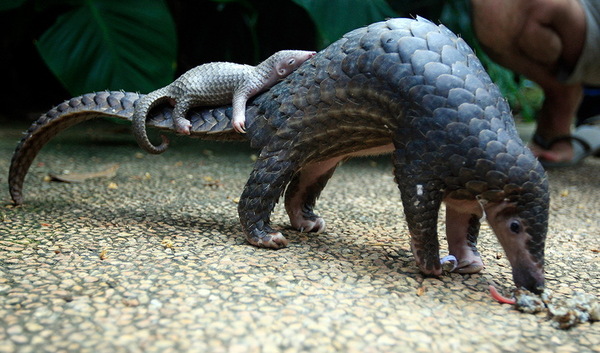
5. Pangolin
Pangolins were not a rare animal when I was a child, but now they are on the verge of extinction in China. According to the IUCN Red List of Threatened Species, pangolins are listed as critically endangered. These animals have low fecundity, usually giving birth to only one litter per year, with only one cub per litter, and the female's reproductive life is estimated to be only 15 years at most. Currently in China, illegal hunting, smuggling or selling of pangolins can result in a prison sentence of more than five years, and in serious cases, may even lead to life imprisonment. In 2020, pangolins were upgraded from the second-level national protected wild animal to the first-level, and even pangolins are no longer included in the "Chinese Pharmacopoeia", but the situation has not improved yet.
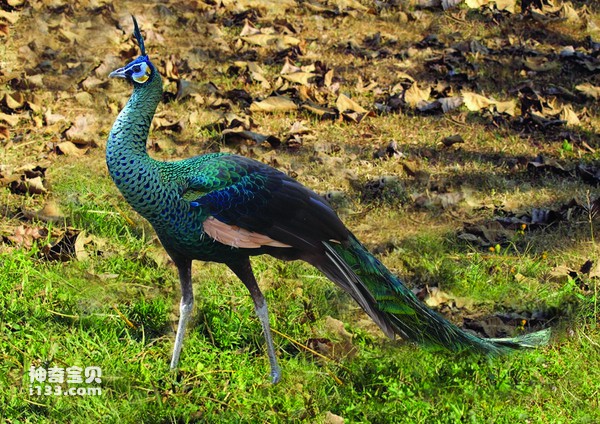
6. Green Peacock
The green peacock is the largest species in the peacock family and is only distributed in the western, central and southern regions of Yunnan Province in China. According to data from 1995, the number of green peacocks in Yunnan Province is about 800 to 1,100. However, by 2014, it had become extremely rare to know the range of the green peafowl. If conservation measures are not taken immediately, Yunnan's wild green peacocks are likely to become extinct within the next decade. Moreover, on May 22, 2017, the International Day for Biodiversity, the Environmental Protection Publicity and Education Center of the Yunnan Provincial Department of Environmental Protection issued a statement listing the green peacock as a critically endangered species.
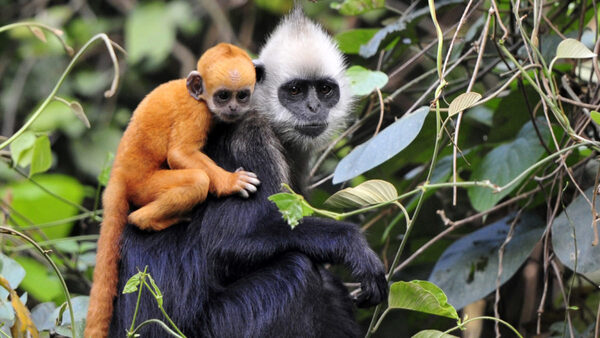
7. White-headed langur
White-headed langurs are considered one of the top ten rare animals in China. They usually live in groups. Each group usually consists of 5 to 9 members and is led by an adult male. These animals are diurnal and begin foraging early in the morning. Their main food includes leaves, buds, flowers, bark and some fruits. The average lifespan of a white-headed langur is about 25 years. They have a very narrow distribution range and are rare in number, with only a few hundred left. They are one of the 25 most endangered primates in the world, and are widely considered to be one of the rarest monkeys in the world. The white-headed langur is listed as an endangered species in the "Red Data Book of Endangered Species of China" and is also classified as critically endangered in the "Red List of Endangered Species" of the International Union for Conservation of Nature.
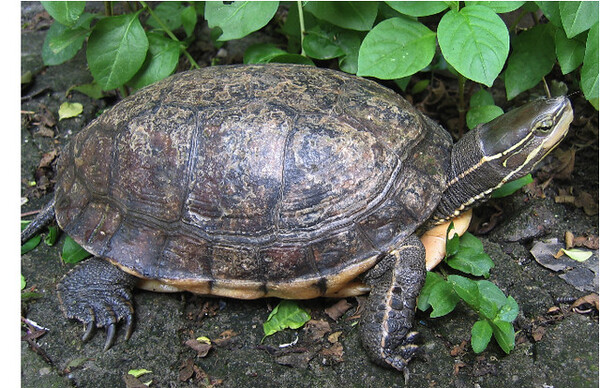
8. Yunnan closed-shell turtle
The Yunnan closed-shell turtle was first discovered in 1906. It was not discovered again until 1946. However, it has not been seen again for more than 50 years, so it is considered extinct by the International Union for Conservation of Nature (IUCN). . Until 2010, a group of scientists accidentally discovered a small wild population of Yunnan box turtles during a field investigation. However, due to the "Nine Dragons Water Control" phenomenon in domestic species protection, the important discovery of the Yunnan Sea Turtle did not receive the attention it deserved from relevant departments, causing the Yunnan Sea Turtle to disappear again. Excessive mountain forest development, changes in natural ecosystems, and excessive human hunting have posed serious threats to the survival and reproduction of Yunnan box turtles, making the number of wild Yunnan box turtles extremely rare.
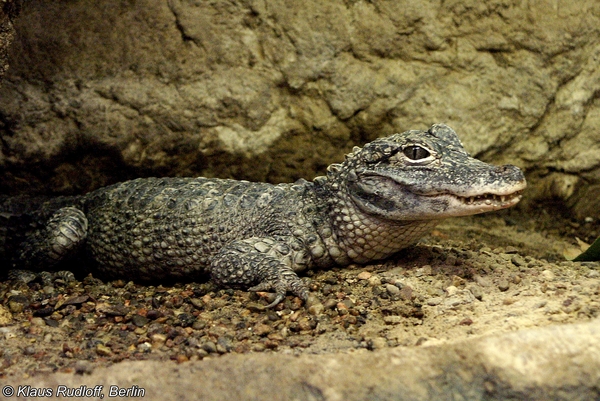
9. Alligator
A crocodile unique to China is known as one of the smallest crocodile species in the world. This crocodile is both ancient and extremely rare, and is one of the most endangered reptiles in the world. Because it mainly inhabits the Yangtze River Basin, it is called the "Alligator". The alligator still retains many characteristics of early dinosaur-like reptiles, so it is called a "living fossil." The Chinese government has listed the alligator as a national first-level protected animal, and hunting is strictly prohibited. It is estimated that there are only 130 to 150 alligators left in the wild, and the number is declining at a rate of 4% to 6% per year.
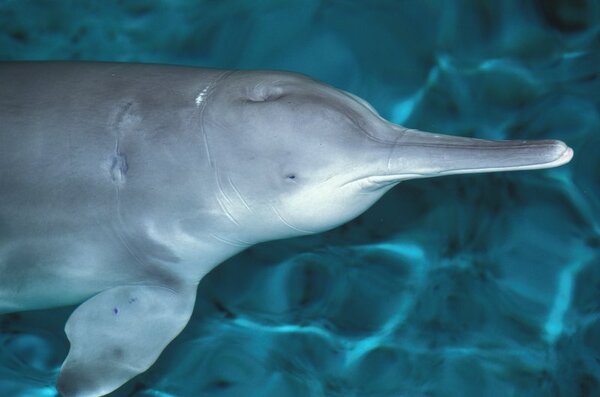
10. Baiji Dolphin
Baiji dolphin is a small freshwater whale unique to China. It forms an independent family and is an ancient remnant species. Fossil records show that its origin can be traced back to the late Miocene 5.3 million years ago. This species has existed in the Yangtze River Basin as early as Already appeared. Since the end of the 20th century, due to serious threats from human activities, the number of Baiji dolphins has decreased sharply. In 1988, it was listed as one of China's key protected wild animals. Despite this, their populations are still declining, becoming a trend caused by human activities. The first cetacean to become extinct. It was declared functionally extinct in 2006, but on November 14, 2018, the updated release of the "International Union for Conservation of Nature Red List of Endangered Species" did not confirm that the Baiji dolphin was extinct, and continued to maintain the original "critically endangered" status. Rating.
animal tags:
We created this article in conjunction with AI technology, then made sure it was fact-checked and edited by a Animals Top editor.